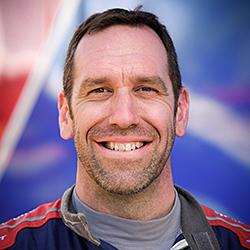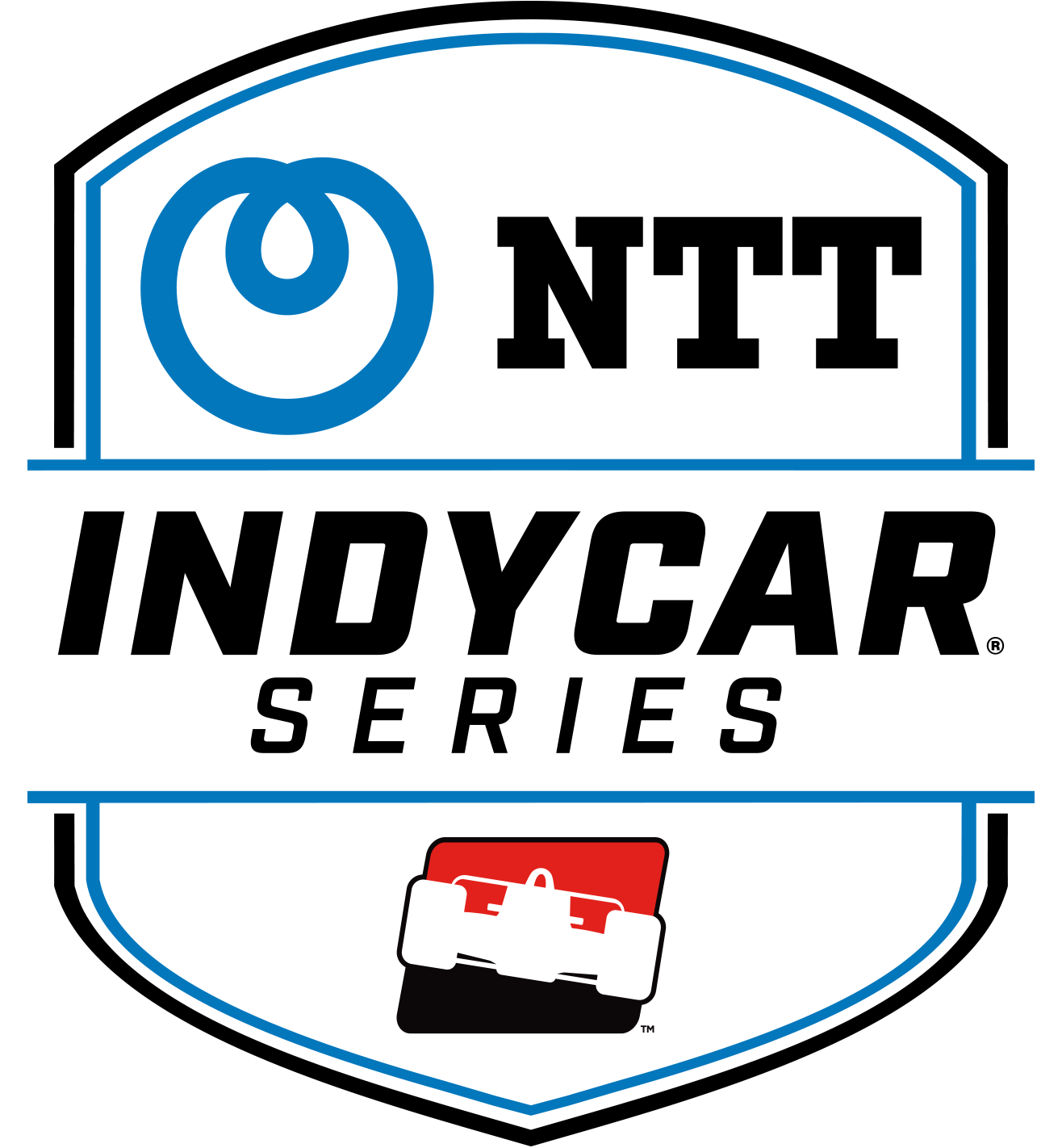Honoring Heroes: First Responder brings experience from community to racetrack
OCT 28, 2019
Ryan Eagle attended his first Indianapolis 500 in 1999 and suddenly found himself drawn to some new heroes.
The heroes, however, were not what one would suspect. Rather than being attracted to the stars of the sport that drive the Indy cars, Eagle became overly impressed by another talented group in firesuits.
It was the members of INDYCAR’s Safety Team and Indianapolis Motor Speedway’s Safety Crew, who he watched intently as they attended to the scene of an on-track accident during the 500-mile race.
“These guys in orange (firesuits) pulled up and started running around like madmen, caring for drivers, hooking up cars, and cleaning up the track,” Eagle said. “They worked so quickly and so well together. I remember telling my girlfriend (now his wife) after the race that I wanted to be one of those ‘orange guys’ someday.”
 Four years after that Indy 500, Eagle began the journey toward that goal by becoming a first responder. He became a firefighter for the Wayne Township Fire Department in Indianapolis in 2003 and six years later he began his first season as a member of the AMR INDYCAR Safety Team. Last year, he was honored with the Championship Driver Association Safety Award, which is given by the INDYCAR drivers to honor the AMR INDYCAR Safety Team’s outstanding member.
Four years after that Indy 500, Eagle began the journey toward that goal by becoming a first responder. He became a firefighter for the Wayne Township Fire Department in Indianapolis in 2003 and six years later he began his first season as a member of the AMR INDYCAR Safety Team. Last year, he was honored with the Championship Driver Association Safety Award, which is given by the INDYCAR drivers to honor the AMR INDYCAR Safety Team’s outstanding member.
“I actually wanted to work for INDYCAR before I was even a firefighter, so it was really great how everything has come together,” Eagle said.
Today, he is one of the approximately 20 active duty first responders who are members of the AMR INDYCAR Safety Team, which works all 17 NTT IndyCar Series races. In the time it takes an Indy car to circle the 2.5-mile Indianapolis Motor Speedway, first responders in America have responded to two separate fires or accidents.
As National First Responder’s Day is celebrated today, there is a concerted effort to further honor the heroic efforts of these brave individuals by making October 28 an official holiday. For those interested in helping that cause, visit the All Clear Foundation.
And for those considering becoming a first responder as a career, Eagle has some sage advice.
“There are many volunteer departments around the country that are looking for good people. That is a great way to get your foot in the door and see if that career path is right for you,” he said. “When applying for a career department, don't be intimidated by the numbers of people applying. Keep trying. It might take several times before you get hired.
“Start young, most places have an age limit as to when you can start. The younger you are when you start applying, the more time you have to make it on the job. Most importantly, get and keep yourself in shape. Being a first responder is physical work and requires dedication. If you look fit when you apply, you have already checked two big boxes without saying a word.”
‘You Want To Make Sure You Are On Your Game’
While the 15 members of the AMR INDYCAR Safety Team who attend each race aren’t dispatched nearly as frequently at the race track, Eagle – a lieutenant for a ladder company that serves Indianapolis’ west side – sometimes runs across the similar aspects from the track at his firehouse.
In fact, among the specialized duties his truck’s crew is trained to handle are automobile extractions. That isn’t too different from his duties as INDYCAR Safety 2’s “firefighter,” a position responsible for extinguishing any fire on the car and assisting the team’s “medic” with the driver before cleaning up the debris.
“(On the firetruck) we arrive at the location of our emergency in minutes, so there is a little bit of time to prepare,” Eagle said. “In racing, we usually see the crash happen and respond in seconds. Things on the track happen so much faster. Even under cautions, the cars are going 80 miles per hour, which is still faster than any car would pass me on the road.
“Fires, however, on the track are much smaller and go out much more quickly, which is good. There are many similarities, though. Fire and EMS don't really change as to how you treat them, you just have a crowd and cameras watching when on the race track.”
Instantly Hooked
Eagle, who played team sports in high school in Iowa and football at the University of South Dakota, was drawn to the team aspects, physicality and excitement of a first responder. But he didn’t know a lot about the job of being a firefighter.
“I applied on my mother-in-law’s advice,” he said. “It turned out she was very smart. The more I learned in fire school, the more I liked it. I became instantly hooked.”
Hooking the next generation of first responders is something the members of the AMR INDYCAR Safety Team are always looking to accomplish as ambassadors in red, white and blue for INDYCAR. When not on duty, they can be seen interacting with young fans who are interested in the three Chevrolet Silverado Safety Trucks and Holmatro Rescue Tools or talking to and training local firefighters who have been assigned to help at each venue.
Tim Baughman, INDYCAR’s manager of track safety and AMR INDYCAR Safety Team leader, said that in addition to finding future first responders these interactions can help team members relate their own experiences from their own firehouses with their fellow first responders.
“We learn from everyone we meet,” Baughman said. “No matter if it’s a firefighter in Toronto or a paramedic in Iowa, we always learn how similar we really are. It really makes our team better because we get to meet people like us at races. And we can relate those experiences back at our own firehouses.”
Finding a Work-Life Balance
Still, balancing life as a firefighter is difficult enough without having to travel to races for up to four days away from home. First responders, like Eagle, often work shifts of “24 hours on and 48 hours off.”
Eagle credits his wife, Katrina, and their four children for making it possible to perform both jobs.
“Balancing work and family is the most difficult part for me,” Eagle said. “Just because I'm at a race doesn't mean life at home slows down. You really have to make the most of the time you have at home when you're all together.”






















